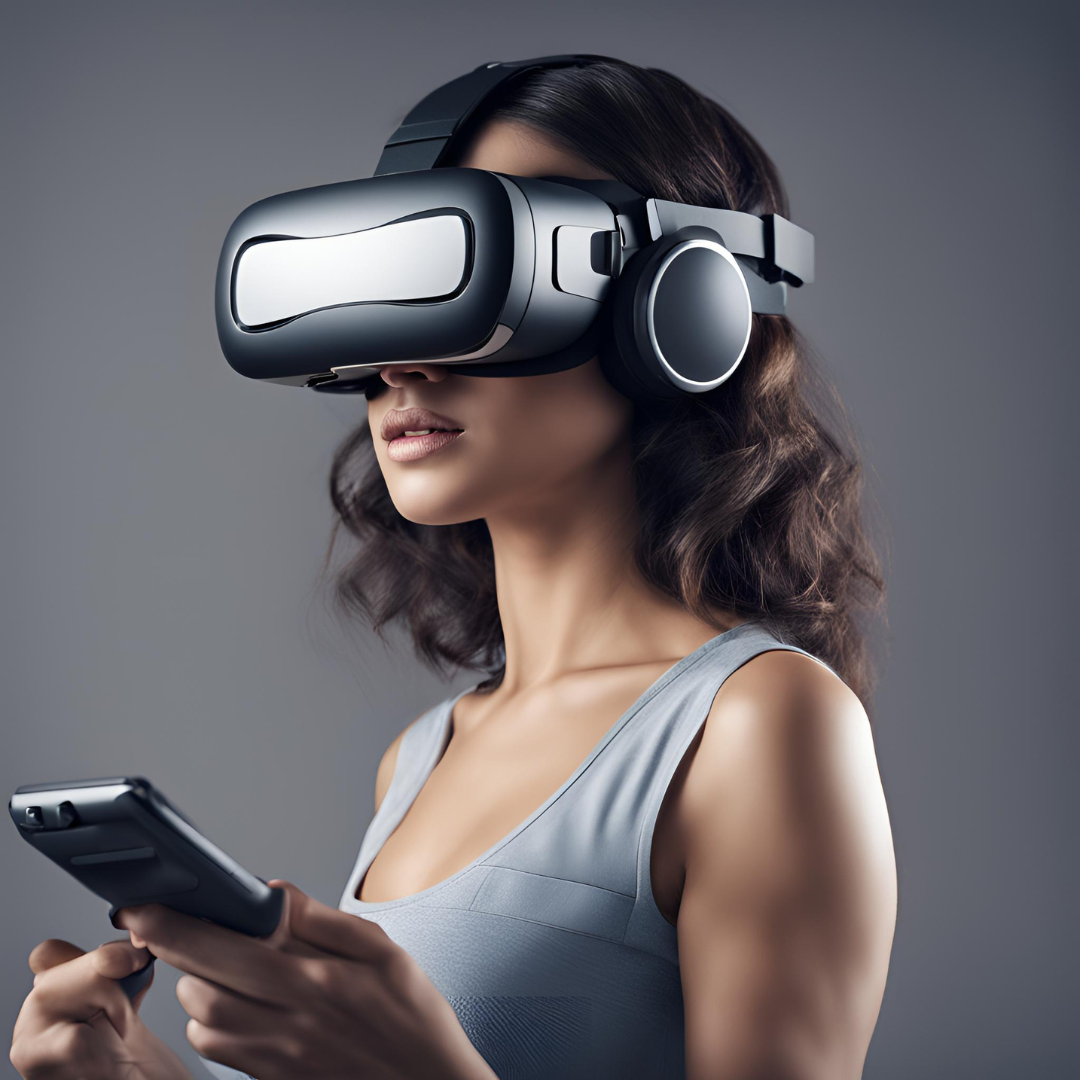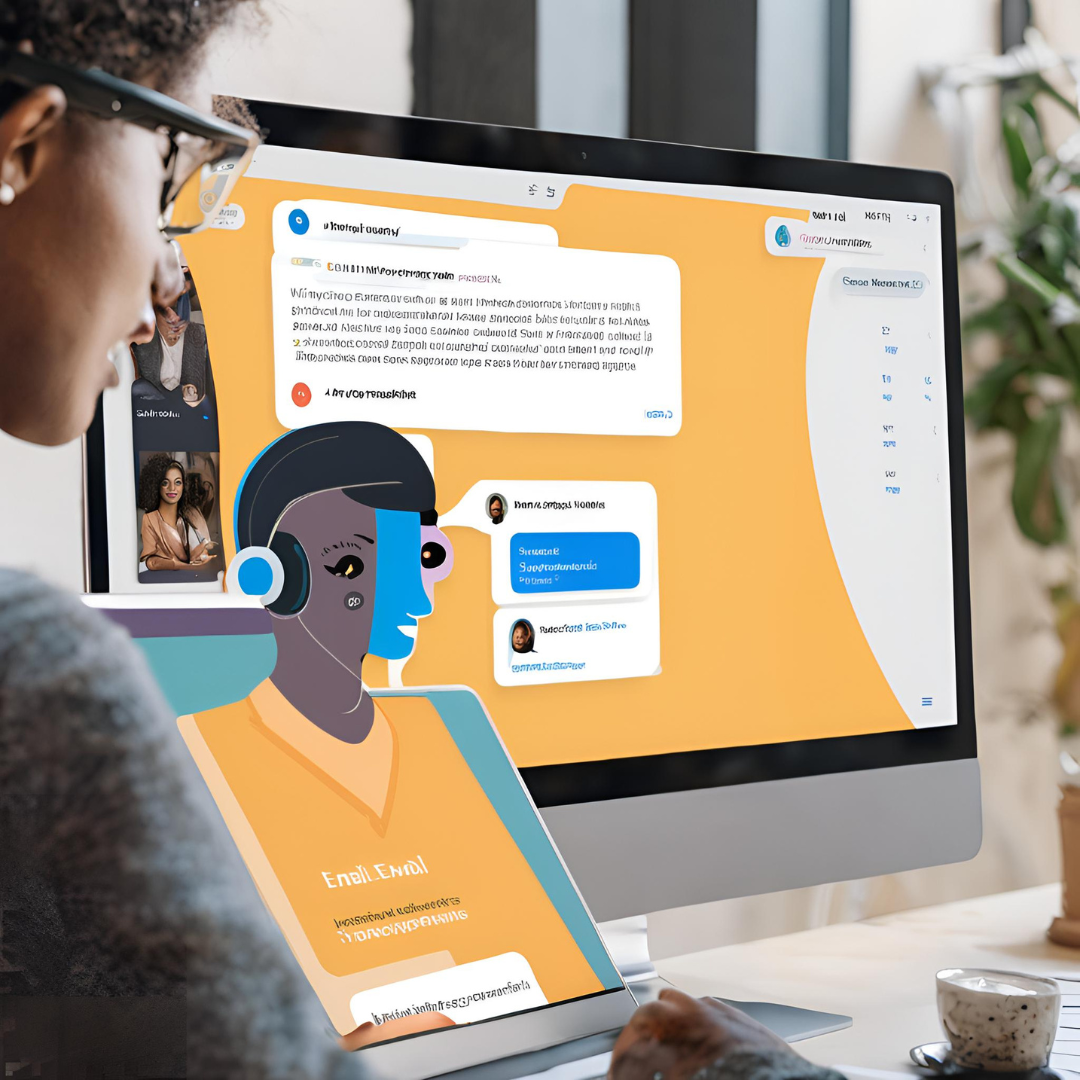Introduction:
The growth of virtual reality (VR) technology has been remarkable since its creation, progressing from a specialized curiosity to a game-changing power with extensive implications for various fields and activities. VR has the potential to transform how we engage with digital content and the world we inhabit, from engaging entertainment and gaming to educational simulations and therapeutic interventions. This extensive examination will explore the development of virtual reality, scrutinizing its past, present uses, and future possibilities.
A Brief History of Virtual Reality:
Virtual reality has been around since the middle of the 1900s when people first started to experiment with creating immersive simulations and computer-generated worlds. Despite early attempts to develop VR headsets and arcade games in the 80s and 90s, the technology was not widely adopted due to its high cost and technical limitations. It wasn't until the 2010s that VR technology began to really take off, thanks to advances in display technology, graphics processing, and motion tracking.
Current Applications of Virtual Reality:
Nowadays, virtual reality (VR) is widely employed in various fields and uses, revolutionizing the way we engage with digital content, work, and play. For entertainment and gaming, VR delivers immersive experiences that take users to incredible environments and worlds, giving them an unparalleled level of engagement and immersion that traditional media cannot match. In the healthcare industry, VR is used for training simulations, surgical planning, and pain management therapies, providing a secure and controlled environment for rehabilitation and learning.
Virtual reality is also making waves in the field of education and training, enabling immersive learning experiences that cater to different learning styles and preferences. From virtual field trips and historical recreations to interactive simulations and hands-on training exercises, VR technology has the potential to revolutionize education and workforce development. In the architecture and design industry, VR is being used for virtual walkthroughs, 3D modeling, and architectural visualization, allowing designers and clients to explore and interact with digital prototypes in real-time.
Future Prospects and Emerging Trends
Looking ahead, the future of virtual reality holds even greater promise, with advancements in technology poised to unlock new possibilities and applications. As VR hardware becomes more affordable and accessible, we can expect to see increased adoption across industries and consumer markets. In the gaming and entertainment sector, VR experiences will become more immersive and interactive, blurring the lines between reality and virtual worlds.
VR technology is set to remain a valuable tool in healthcare, with its applications extending to medical training, patient education, and therapeutic interventions. It will facilitate novel approaches to diagnosing, treating, and managing diverse medical conditions. Likewise, in professional settings, VR will facilitate remote communication and virtual meetings, enabling teams to collaborate and communicate within immersive virtual environments, regardless of their physical location.
Beyond Gaming: VR's Transformative Impact Across Industries
Although VR remains a prominent element in gaming, its potential uses extend beyond just entertainment. Various sectors are being reshaped by VR, presenting a plethora of exciting opportunities.
Education and Training: Picture students delving into the ocean's depths through a virtual reality simulation or dissecting a digital frog during a biology lesson. With virtual reality, the learning experience becomes interactive and captivating, breaking free from the constraints of standard classrooms. Additionally, virtual reality simulations can serve as training tools in fields such as healthcare, aviation, and engineering, giving individuals a secure and supervised setting to develop skills and perfect procedures.
Healthcare: Virtual reality is proving to be a valuable tool for various medical applications. It can assist in treating phobias and anxiety disorders through exposure therapy, and even aid in pain management. Virtual reality offers a secure environment for patients to face their fears, such as height phobias, and can provide burn victims with virtual pain relief. Additionally, VR has the potential to revolutionize surgical training and medical simulations by enabling doctors to practice complex procedures in a risk-free virtual setting.
Design and Architecture: By utilizing virtual reality technology, architects and designers are able to explore a digital representation of a building prior to its physical construction. This means that concepts for new office spaces or home renovations can be visualized and refined in a 3D VR environment, leading to more streamlined and economical design processes. Additionally, VR can be employed in urban planning to give interested parties an opportunity to witness the influence of potential developments before they are initiated.
Retail and E-commerce: The world of shopping is being transformed by VR. It's now possible to try on clothes virtually before buying them online or explore a store from the comfort of your own home. VR is improving the customer experience, allowing for personalized shopping and virtual product demonstrations.
Travel and Tourism: Through VR, individuals can embark on a virtual adventure to the Louvre or delve into the depths of the Great Barrier Reef, all from the comfort of their own home. This innovative technology is especially advantageous for those with physical constraints or those in search of an economical way to travel.
Conclusion:
Ultimately, virtual reality has undergone a significant transformation from being a mere curiosity to a major game-changer with wide-ranging applicability. With its ability to revolutionize everything from entertainment to healthcare and education, VR has opened up new ways for us to engage with digital content and the environment. As the technology behind virtual reality advances and becomes more accessible, the opportunities for innovation and exploration are limitless, ushering in a new age of immersive experiences and digital innovation.





Leave a Reply